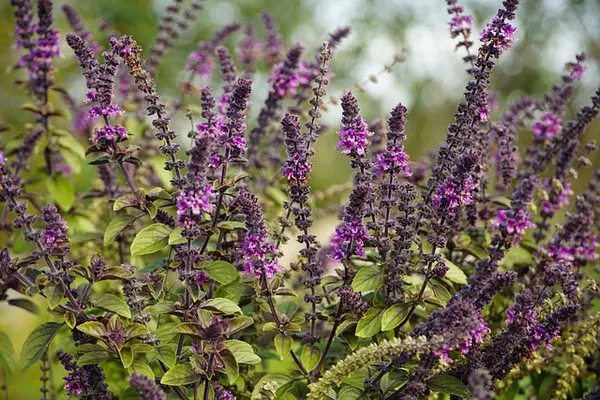Researchers at the RIKEN Center for Sustainable Resource Science (CSRS) have achieved a significant milestone in understanding the evolution of plant immune receptors, shedding light on their origin and trajectory. This breakthrough, published in Nature Communications, not only facilitates the identification of immune receptor genes from genomic data but also holds promise for the development of pathogen-resistant crops.
In the intricate world of plant immunity, akin to the defense mechanisms in animals, plants deploy immune responses to fend off pathogens such as viruses, bacteria, fungi, and oomycetes. The detection of these invaders relies on pattern recognition receptors situated on the plant cell surface. Two key types of proteins, RLPs and RLKs, both containing leucine-rich repeats, play a pivotal role in the detection process.
The international research team, led by Ken Shirasu and Yasuhiro Kadota at RIKEN CSRS, conducted a comprehensive analysis of over 170,000 genes encoding RLKs and approximately 40,000 genes encoding RLPs. Utilizing publicly available data from 350 plant species, they discovered that receptors with leucine-rich repeats constituted the most prevalent types, making up nearly half of RLKs and 70% of RLPs across all plant species.
Of particular interest were the findings related to the island region within RLPs, crucial for recognizing pathogen components. The team observed a consistent placement of this region between the 4th and 5th leucine-rich repeats in immune response-associated RLPs. Strikingly, this island region was identified in some RLKs, predominantly belonging to a functional group that regulates growth and development.
Comparative analysis unveiled a remarkable similarity in the sequence of the four repeats beneath the island region between the two types of protein detectors. This suggests a shared evolutionary ancestry, indicating that immunity-related RLPs and growth-related RLKs inherited the ability to bind to the same co-receptor, called BAK1, from a common ancestor.
Bruno Pok Man Ngou, a key contributor to the study, highlighted the intriguing discovery that swapping the four regions of leucine-rich repeats among these receptors did not disrupt their functionality. The team successfully created a hybrid receptor by combining a growth-related RLK with an immunity-related RLP, resulting in a receptor capable of recognizing pathogens and inducing both immune and growth-related responses.
This groundbreaking research not only delves into the molecular origins of plant immunity but also paves the way for practical applications. The ability to predict genes involved in both plant immunity and growth by simultaneously analyzing information from multiple plant genomes opens avenues for engineering receptors with new functions. The researchers are optimistic about the future development of disease-resistant crops, leveraging this newfound understanding of plant immune receptors.


